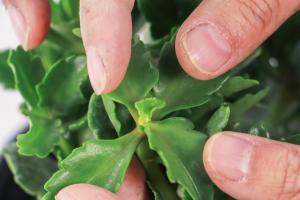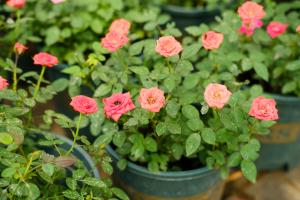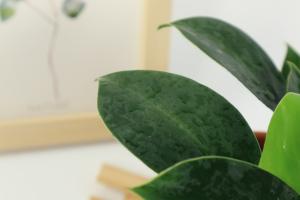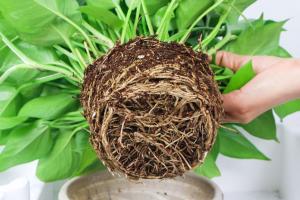How to Use Compost on Newly Planted Fruit Trees
Planting fruit trees is an excellent way to add beauty, nutrition, and value to your yard. However, newly planted trees require proper care to thrive and produce healthy fruits. One of the most effective ways to ensure healthy growth is by using compost on newly planted fruit trees. In this article, we will discuss how to use compost on newly planted fruit trees in easy-to-follow steps.
Step 1: Prepare the Ground
The first step in using compost on newly planted fruit trees is to prepare the ground. Remove any weeds or grasses from the area around the tree. Then, use a hoe or garden fork to loosen the soil to a depth of 10 to 12 inches. This will create an ideal growing environment for the tree's roots and associated microorganisms.
Step 2: Add Compost
After preparing the ground, it's time to add compost to the planting hole. Compost can be made from a variety of organic materials, such as animal manure, leaves, vegetable scraps, and yard waste. Mix the compost into the soil that was removed from the planting hole. Use a ratio of one part compost to two parts soil. This will provide the necessary nutrients and organic matter that will improve the soil structure and drainage.
Step 3: Water the Tree
After adding the compost, it's time to plant the tree. Place the tree into the hole and fill it with the mixed soil and compost. Then, water the tree thoroughly. This will help the compost settle and form a stable base for the tree's roots.
Step 4: Mulch the Area
After planting the tree, the next step is to mulch the area around the tree. Mulching will help retain moisture, suppress weed growth, and regulate soil temperature. Use organic materials like leaves, straw or wood chips as mulch. Spread the mulch around the tree in a 3 to 4-inch thick layer, keeping it away from the trunk to prevent rotting.
Step 5: Repeat the Process
It's crucial to maintain the tree's nutrient levels and soil health, especially during the first year of growth when the tree is still establishing its root system. To do this, add more compost to the area around the tree about once a year. Make sure to add a layer of mulch each time you add compost
Closing Thoughts
Using compost on newly planted fruit trees is a simple and effective way to provide the tree with long-term, sustainable nutrition. It can improve soil structure, reduce water usage, increase soil microbial activity, and help suppress disease. By following these easy-to-follow steps, you will provide your newly planted fruit trees with the necessary nutrients and growing environment to thrive and produce healthy fruits.

 how many times do yo...
how many times do yo... how many planted tre...
how many planted tre... how many pine trees ...
how many pine trees ... how many pecan trees...
how many pecan trees... how many plants comp...
how many plants comp... how many plants can ...
how many plants can ... how many plants and ...
how many plants and ... how many pepper plan...
how many pepper plan...

































